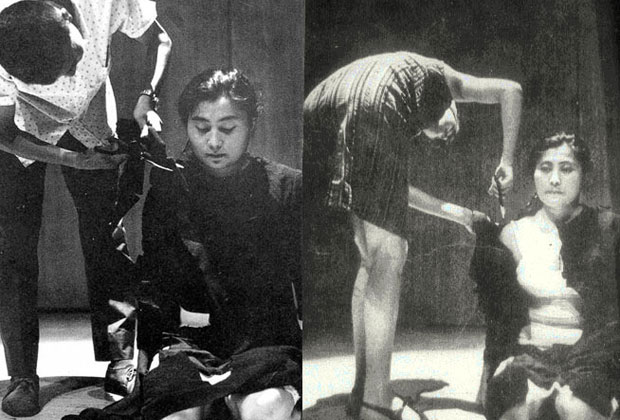
Spirit of the age?
From the Turner Prize nominees to the Tate Tanks - everyone's talking about performance art again
Yesterday, the announcement of the Turner Prize nominees articulated a feeling that has been growing for some time in the art world – that performance art is the medium of the moment. As Guardian columnist Adrian Searle remarked, “There hasn't been nearly enough performance art in the Turner prize over the years, and more and more artists are returning to the form.” The ephemeral nature of performance art puts it in stark contrast to the idea of art as a commodity, something for the rich. The nature of performance - it’s an event - makes it at once exciting and accessible to all via video. It is art for the share-all YouTube generation.
As Catherine Wood, Curator of Contemporary Art / Performance at Tate Modern told us last week, "My image of performance art was naked body art from the 60s, pain and authenticity self-harm - that kind of thing. But these artists are using pop music and costumes and painting and more image-based stuff. It's this drive to make communal events, to make live images for a group of people and witness it together that interests me. There have been lots of homages and remakes. Tino Sehgal has done a short history of 20th century dance and Spartacus Chetwynd has remixed Yves Klein’s Anthropometries With Michael Jackson’s Thriller and The Wickerman. There’s this recycling of culture but it’s always about re-energising it. I don’t think they’re intimidated by history."
One of the first propagators of performance art was Yoko Ono, and her most famous work is Cut Piece first performed in 1964 and featured in The Artist's Body. Ono sat on the stage and invited the audience to come up and cut away her clothing, covering her breasts with her hands as her garments fell away. Deconstructing the supposedly neutral subject/ object relationship between the viewer and the art object, Ono presented a situation in which the viewer implicated themselves in the potentially aggressive act of unveiling the passive body.
“People went on cutting the parts they do not like of me. Finally there was only the stone remained of me that was of me that was in me but they were still not satisfied and wanted to know what it’s like in the stone," she said at the time.
For more of a background on performance art, make sure to check out our Guide to Art Speak on the topic and visit the store and take a look at The Artist's Body.